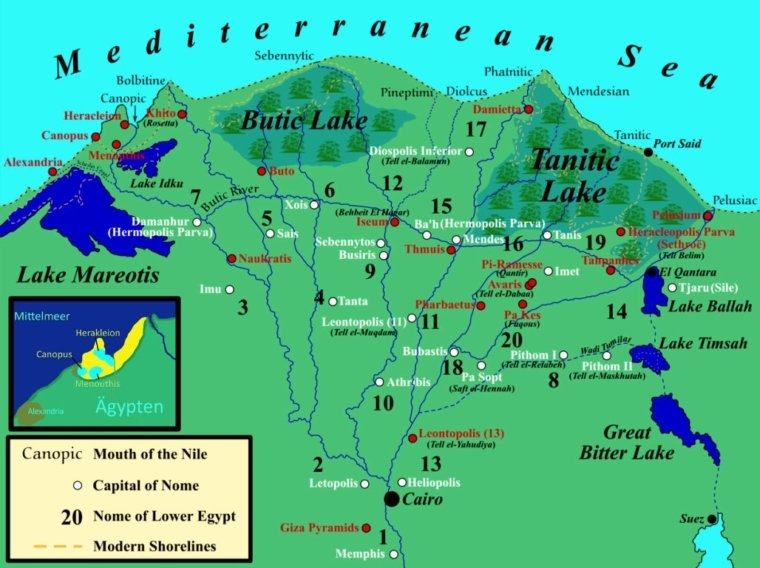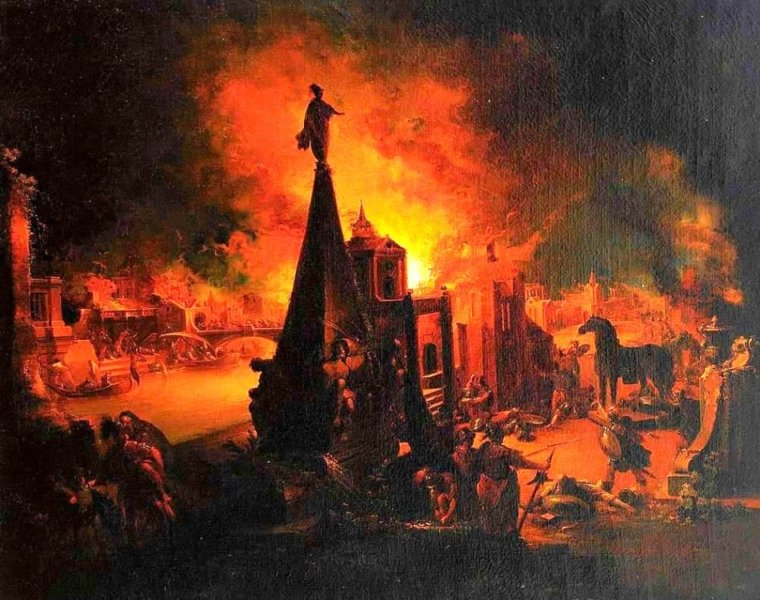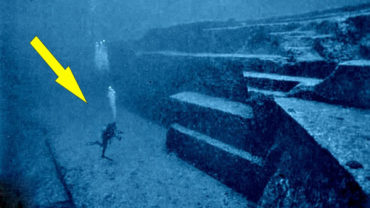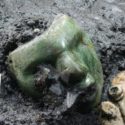Heracleion – The lost underwater city of Egypt
The Lost City, an ancient settlement that fell into terminal decline and became extensively or completely uninhabited, remaining no longer known to the wider world. Yet it lures people by its historical Chronicles and the vivid lores. Whether it’s El Dorado or Atlantis or The Lost City of Z, legends of such fabled places have enticed enthusiasts to explore into the most remote locations on Earth. Usually they return empty-handed, if they return at all. But sometimes the pursuit of those chronicles and lores lead to a real discovery like uncovering the lost underwater city of Heracleion in Egypt.
The Lost City Of Heracleion:

Heracleion, also known by its Egyptian name Thonis, evolved into a famous ancient city of Egypt positioned close to the Canopic mouth of the Nile, approximately 32km northeast of Alexandria at the time. The city now lies in its ruins beneath 30 feet of the water in Abu Qir Bay, and is located 2.5km off the coast.
The History Of The Lost Underwater City Of Heracleion:

Nearly 1,200 years ago, the Heracleion city disappeared below the water of the Mediterranean sea. The city was one of the most ancient cities in Egypt which was founded around 800 BC, even before the foundation of Alexandria in 331 BC. Its existence has been cited in some chronicles written by various writers including the famous Greek historians and philosophers Herodotus, Strabo and Diodorus.
Heracleion apparently grew up in the course of the waning days of the pharaohs. Gradually, the city becomes Egypt’s main port for international alternate and collection of taxes.
The ancient city of Heracleion was firstly built on the islands within the Nile Delta that were close to each other. Later the city was intersected with canals. The city boasted a number of harbours and anchorages and had the sister city of Naucratis until it was superseded by Alexandria. Naucratis was another trading port of Ancient Egypt lying 72 km southeast of the open sea and Alexandria. It was the first and, for much of its early history, the only permanent Greek colony in Egypt.
The Trojan War And The Lost City Of Heracleion:
Herodotus wrote in his books that the City of Heracleion was once visited by Paris (Alexander) and Helen of Troy just before the Trojan war (War of Troy) began. It is believed that Paris and Helen sought shelter there on their flight from the Jealous Menelaus.
In Greek mythology, the Trojan War was waged against the city of Troy by the Achaeans (Greeks) after Paris, the son of King Priam and Queen Hecuba of Troy, took Helen, the daughter of Zeus, from her husband Menelaus who was the king of Sparta.
Alternatively, it was also believed that Menelaus and Helen had stayed in the Heracleion city, accommodated by the noble Egyptian Thon and his wife Polydamna. According to the Greek mythology, Polydamna gave Helen a drug called “Nepenthe” that has “the power of robbing grief and anger of their sting and banishing all painful memories” and which Helen slipped into the wine that Telemachus and Menelaus were drinking.
Here’s How Did The War Of Trojan End:

The war originated from a quarrel between the goddesses Hera, Athena, and Aphrodite, after Eris, the goddess of strife and discord, gave them a golden apple, sometimes known as the Apple of Discord, marked “for the fairest”. Zeus sent the goddesses to Paris, a young prince of Troy, who judged that Aphrodite, as the “fairest”, should receive the apple. In exchange, Aphrodite made Helen, the most beautiful of all women and wife of the Sparta king Menelaus. However, Sparta queen Helen eventually falls in love with Paris. Therefore, Paris kidnaps Helen and took her to Troy.
Seeking revenge, the entire Greek army with then commander of all Greek forces Agamemnon, the king of Mycenae and the brother of Helen’s husband Menelaus, wages a war on Troy. But the city walls were thought to withstand a 10-year siege. A fierce battle was fought for the next 10 years. The longest the world has ever seen at that time.
Then one of the Greek kings Odysseus builds a horse, the famous Trojan Horse. Greeks disguised as they left for their home to make Trojans (inhabitants of Ancient Troy) believe that they have won the war. But they didn’t. The best of the Greek soldiers were hidden inside the horse. Trojans took the horse inside their city walls as a victory reward. They were unaware of the imminent danger that was breathing inside!
At night, when Trojans were drunk after celebrating their victory, the Greeks who were hidden inside the horse came out and opened the city gates. Thus, all Greek armies were now inside Troy and they had burnt the city to ashes. Thus ending the greatest war which will be spoken for thousands of years to come.
The events of the Trojan War are found in many works of Greek literature and depicted in numerous works of Greek art. The most important literary sources are the two epic poems traditionally credited to Homer, the Iliad and the Odyssey. Though there are so many things, characters, heroes, politics, love, peace against greed etc. to learn from this epic war, above we just summarized the whole story.
The Historical Basis Of The Trojan War:
The historicity of the Trojan War is still subject to debate. Most classical Greeks thought that the war was a historical event, but many believed that the Homer’s Illiad is an exaggerated version of the actual event. However, there are archaelogical evidences that indicate the city of Troy did really exist.
Here’s How Did The Egyptian City Thonis Become Heracleion:
Herodotus further wrote a great temple was built at the spot where Heracles, a divine hero in Greek mythology, first arrived in Egypt. The story of Heracles’ visit resulted in the Greeks calling the city by the Greek name Heracleion rather than its original Egyptian name Thonis.
The Discovery Of The Lost Egyptian City Heracleion:

The ancient lost city was rediscovered in 2000 by French underwater archaeologist Dr. Franck Goddio and a group from the European Institute of Underwater Archaeology (IEASM) after the four years of geophysical survey.
However, despite all the pleasure over the great discovery, one mystery surrounding Thonis-Heracleion stays largely unsolved: Why exactly did it sink? Dr. Goddio’s group indicates the weight of enormous buildings at the area’s water-logged clay and the sand soil may have caused the city to sink in the wake of an earthquake.
Artifacts Found In The Lost Sunken City Of Heracleion:
The group of the researchers recovered numerous artifacts such as a statue of the Egyptian bull god Apis, the 5.4 metres tall statue of the god Hapi, a stele that reveals Thonis (Egyptian) and Heracleion (Greek) were the same city, various enormous statues and many more from the sunken city of Heracleion.



